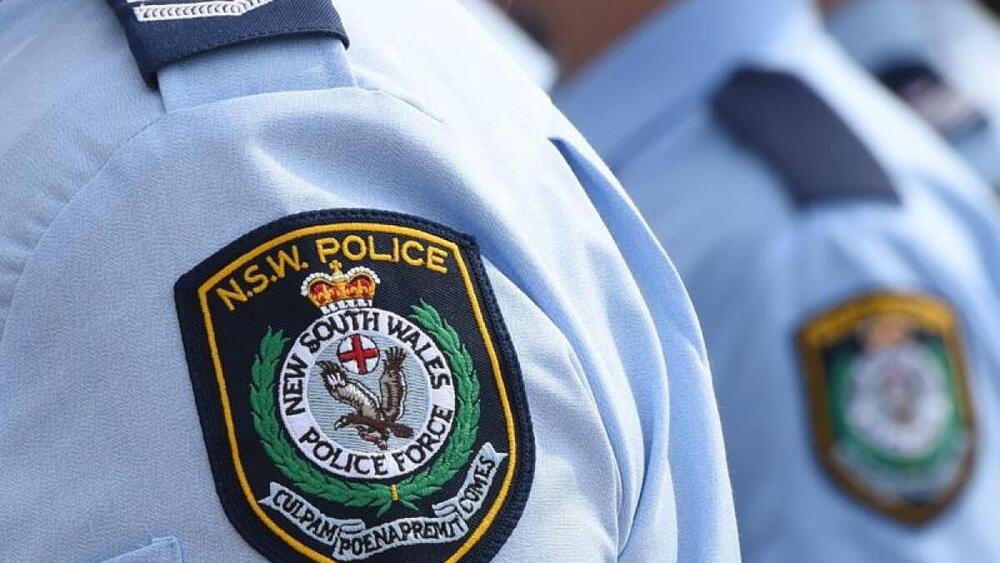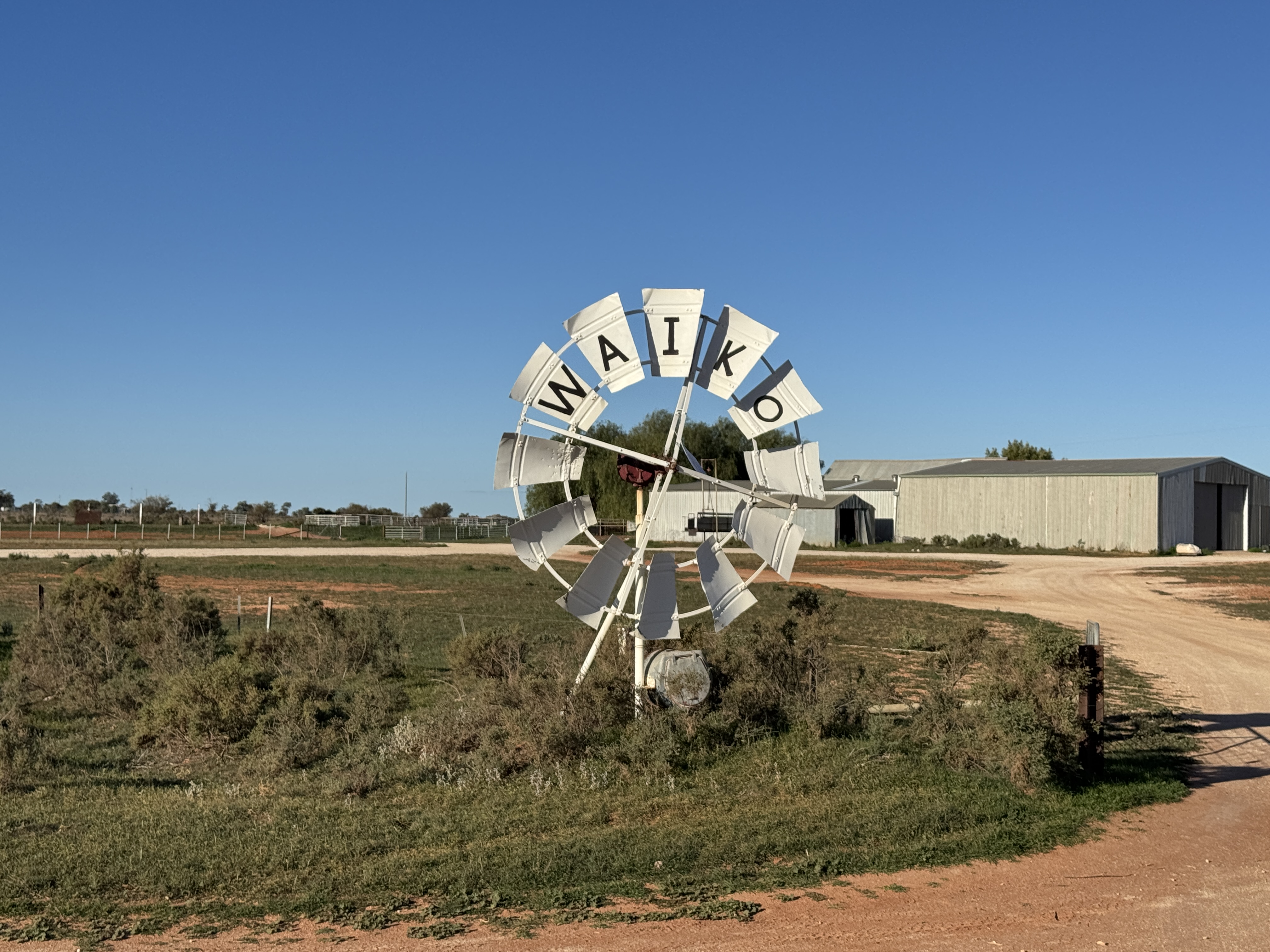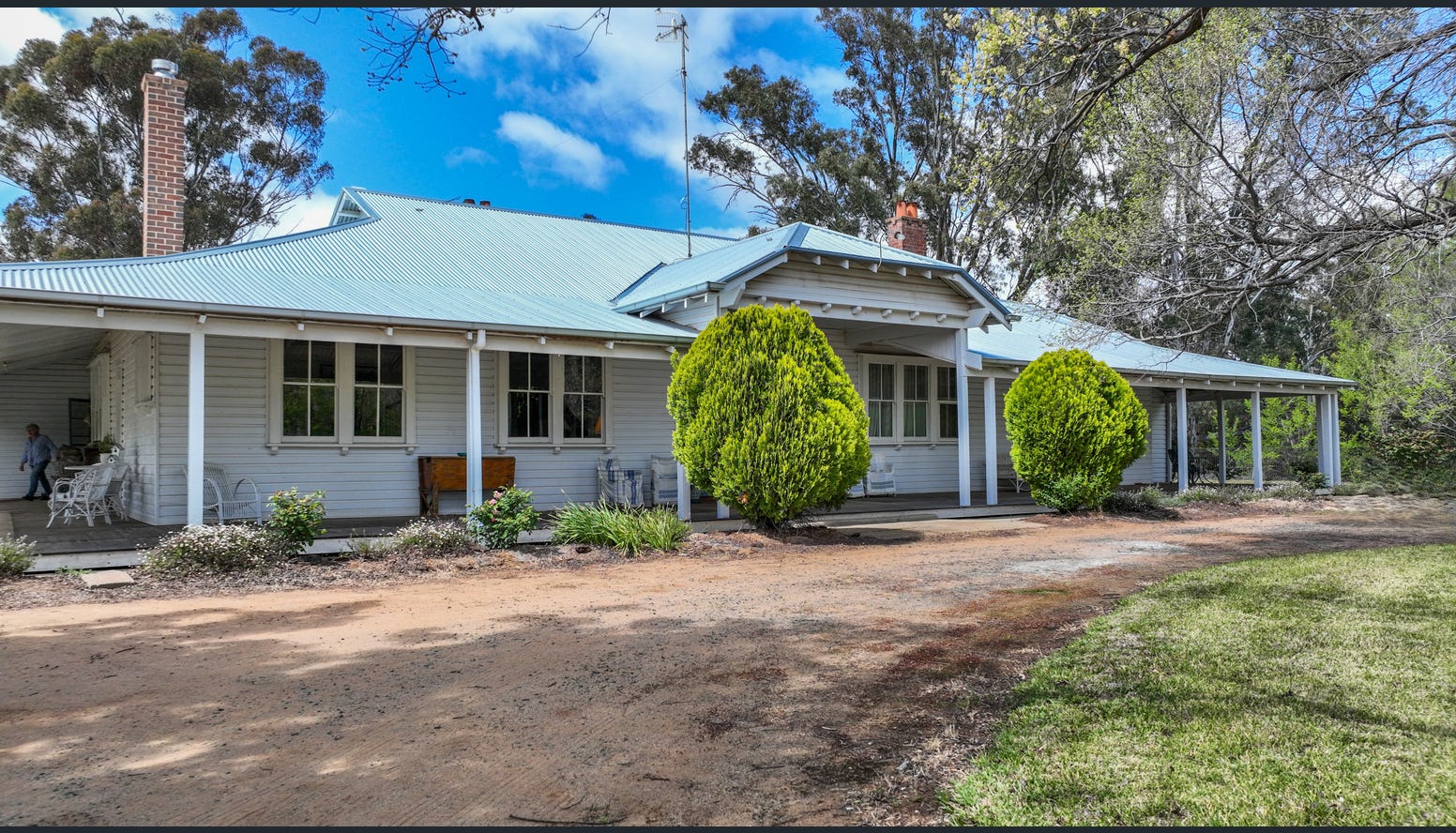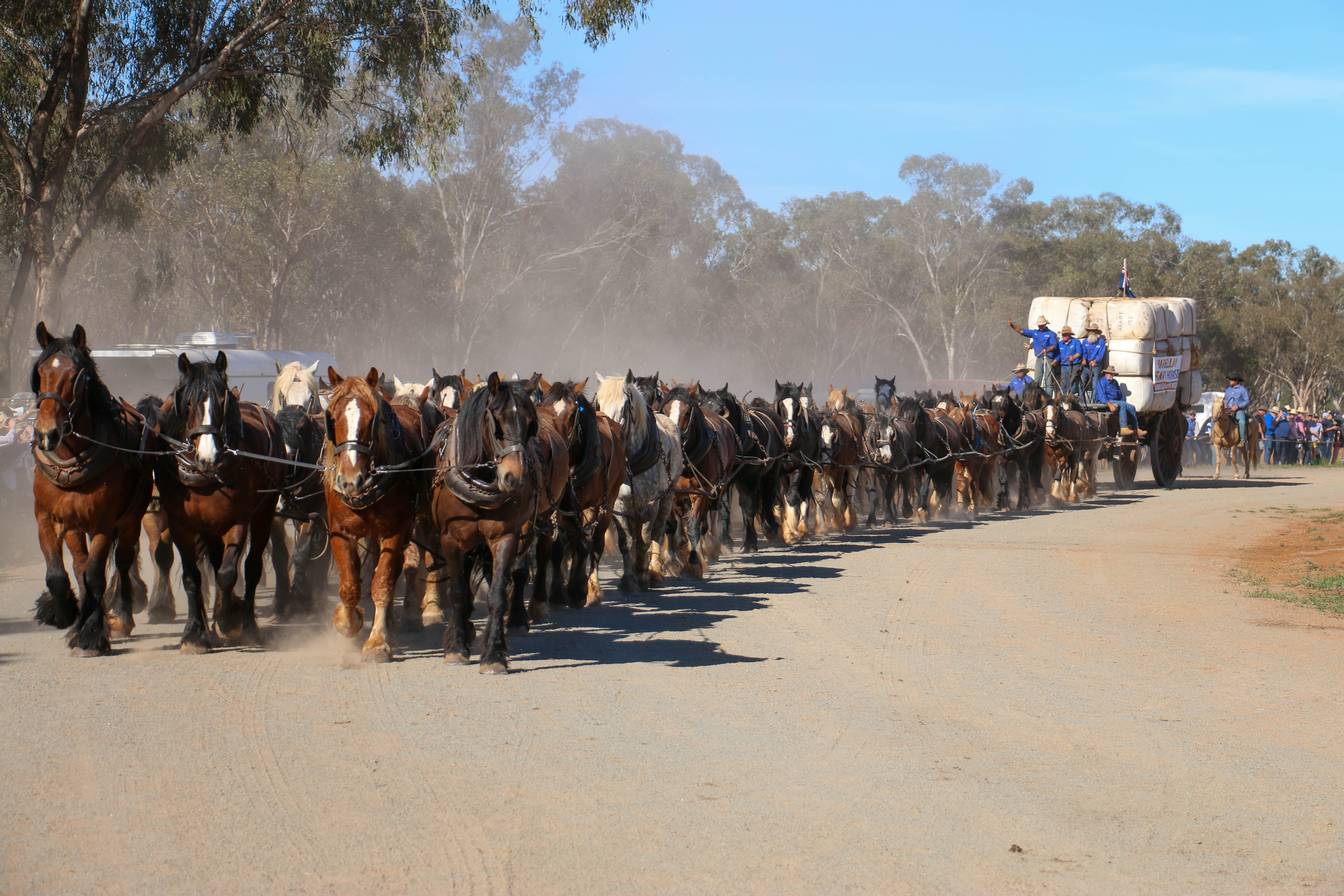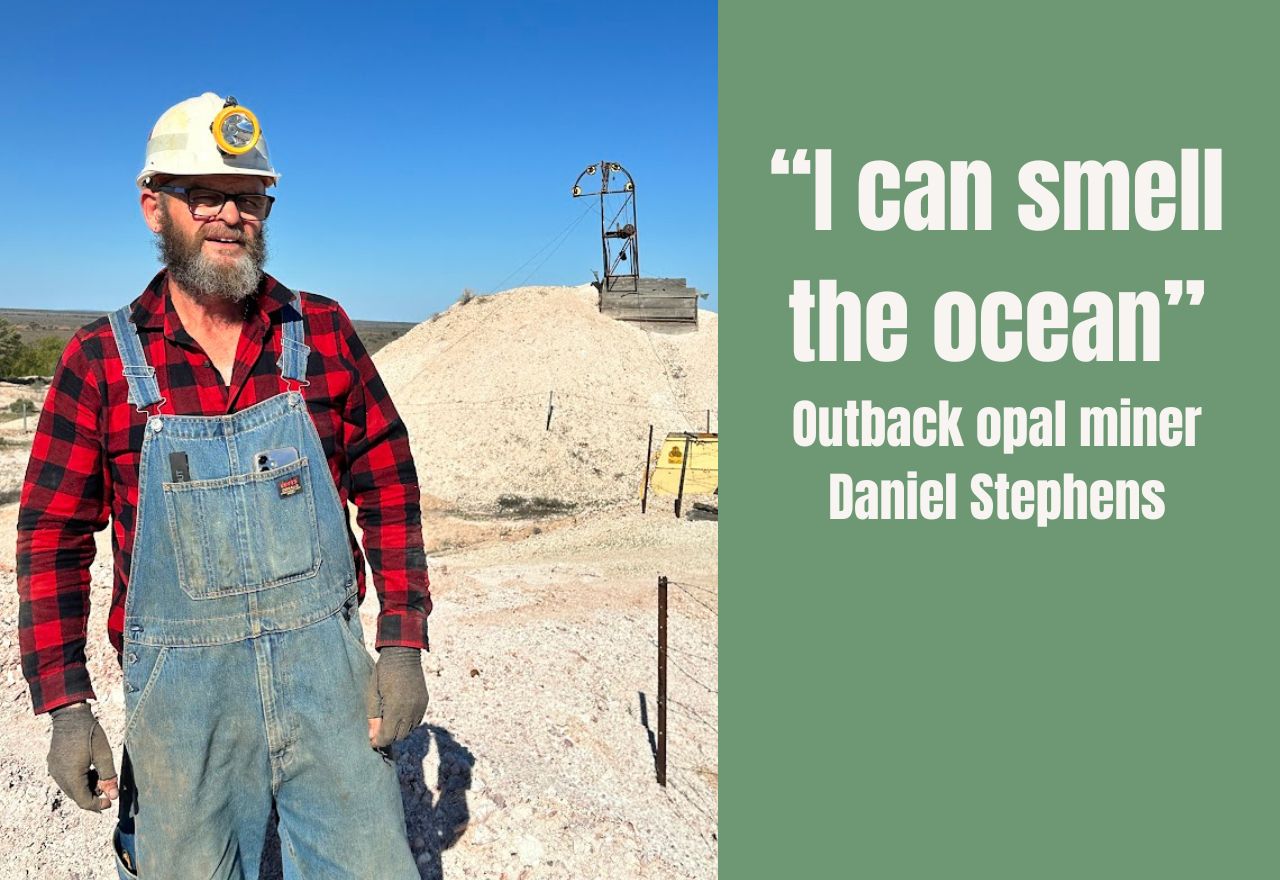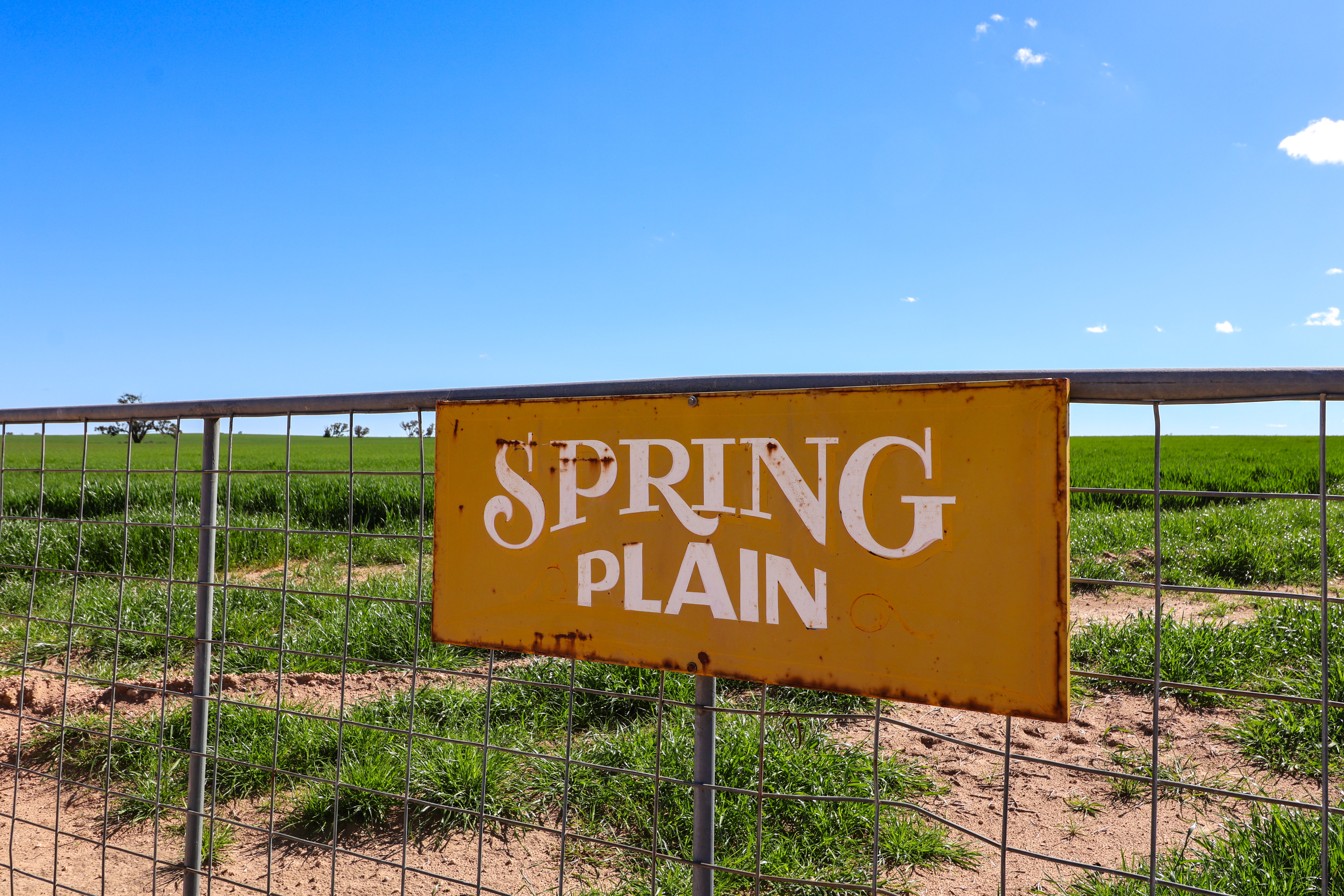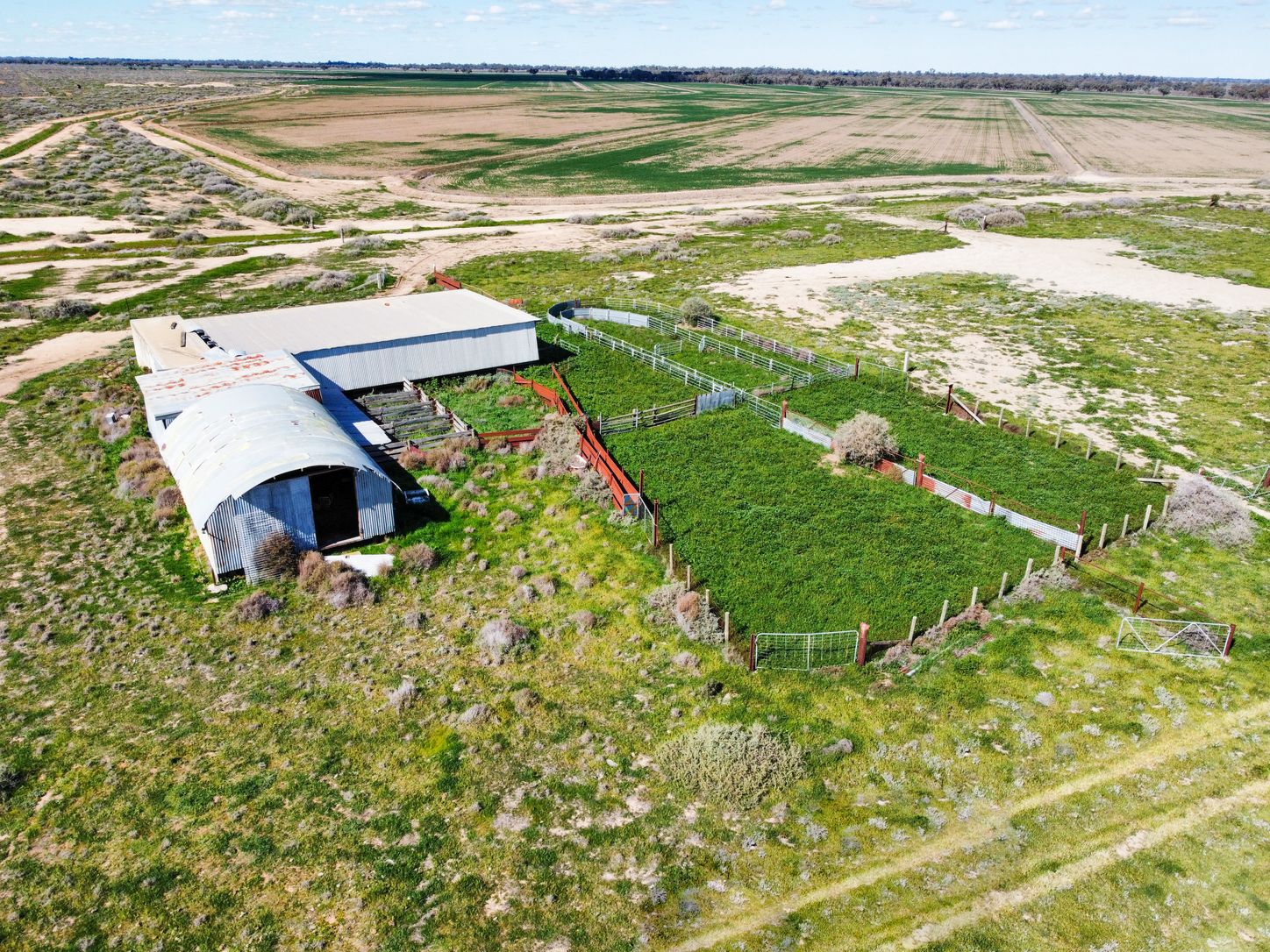Major power line construction underway on Yanga way
Kimberly Grabham
22 October 2025, 1:00 AM
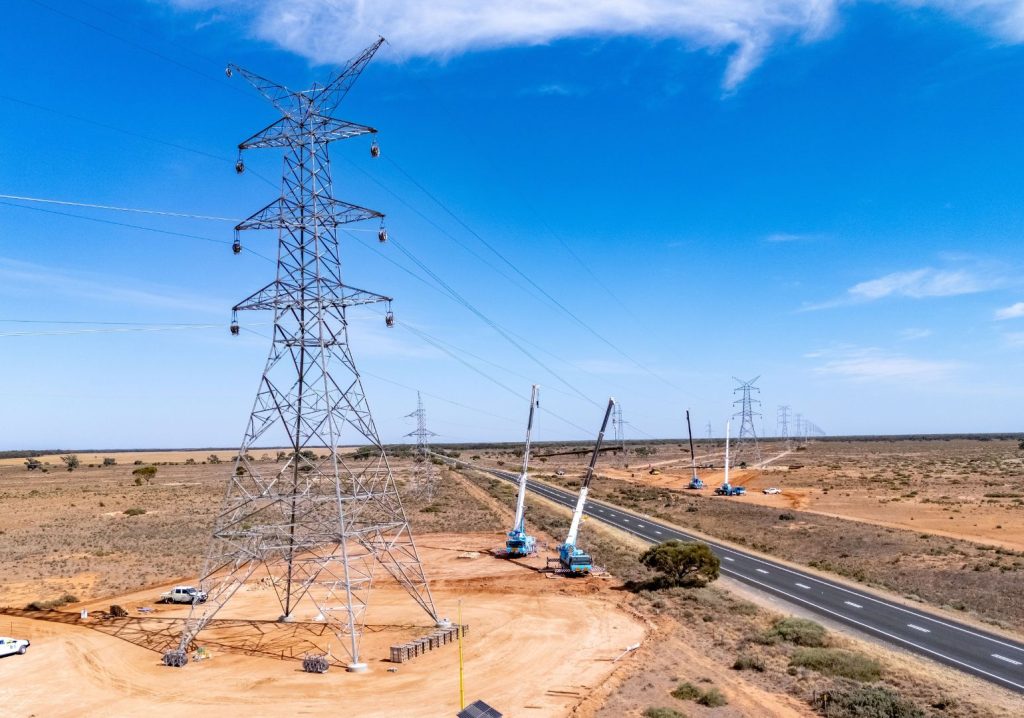
Major power line construction underway on Yanga Way Construction work on a significant transmission line project will cause temporary disruptions on Yanga Way near Balranald over the coming weeks, with motorists advised to expect delays and changed conditions.
Elecnor Australia has been contracted by Transgrid to deliver part of EnergyConnect, which involves the construction of 700 kilometres of new power lines from the South Australian border to the regional energy hub of Wagga Wagga.
The project will connect the electrical grids of New South Wales, South Australia and Victoria, improving reliability of the nation's energy supply.
The stringing work is part of continuing advance construction activities on the transmission line from Buronga, New South Wales, to Dinawan, near Buronga.
Work is scheduled to take place from Wednesday, October 22 to Sunday, November 16, weather permitting.
Construction activities will occur across the Yanga Way, approximately 18 kilometres north of Balranald township.
The approved hours of work are 7am to 6pm Monday to Friday 8am to 1pm Saturday.
Activities are scheduled to conclude by Friday, December 12 2025.
This timeline ensures these activities are carried out safely and to minimise disruption to the community.
Stringing works across roadways will take place, with weather permitting, on Monday to Sunday, 7am to 7pm, including public holidays.
Motorists can expect increased construction vehicles, plant and machinery operating in the area during works, with potential delays of up to 25 minutes while the conductor stringing work is carried out.
Temporary traffic changes will be in place to ensure the work zone is safe, with road users urged to drive carefully and exercise patience.
Several measures will be implemented to minimise disruption.
There will be traffic control in place at affected locations with varying speed limits from 100km/h to 40km/h whilst works are being conducted.
Motorists are asked to observe all directional signage and conditions, keep to the right speed limits, follow the direction of traffic controllers, and drive to the conditions.
Machinery and equipment will generate some light, noise and vibration, with efforts made to minimise impacts
- Minimising the operation of machinery and vehicles at night where practical
- Turning off machinery and vehicles when not in use
- Fitting equipment with devices to minimise noise
- Monitoring dust, noise and vibration to manage any potential impacts and adjust work if required
The stringing process involves several technical steps: Once the conductor is pulled, the new conductors are lifted into position on the steel towers and will be pulled into place using a stringing rig featuring pulleys positioned at ground level at multiple locations.
The conductor is pulled out under tension through the pulleys along the alignment.
It is strung in sections of several kilometres, with conductor spooled out from drums between a powerful winch (puller) and a controlled braking system (tensioner).
Pulleys are fixed to the tower at each location where the conductor will be attached.
A stringing rig is then used to keep the new conductor above ground level during the stringing section.
The conductor is erected under tension to give the required sag (correct ground clearance) before being attached to the insulator string on each tower.
Equipment is then repositioned, and the process is repeated for the next stringing section.
For questions about the stringing works or general enquiries about the project, contact the Project Community Engagement Team on 1800 317 367 (free call) Email: [email protected]
NEWS
SPORT
RURAL
COMMUNITY
COMMERCIAL PROPERTY
